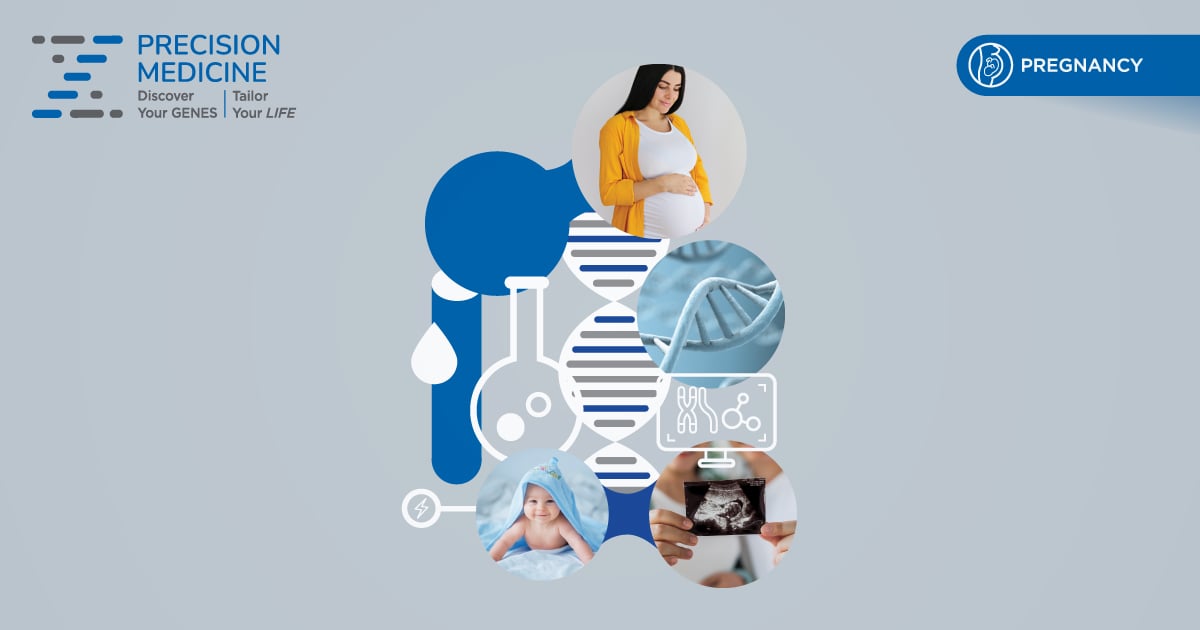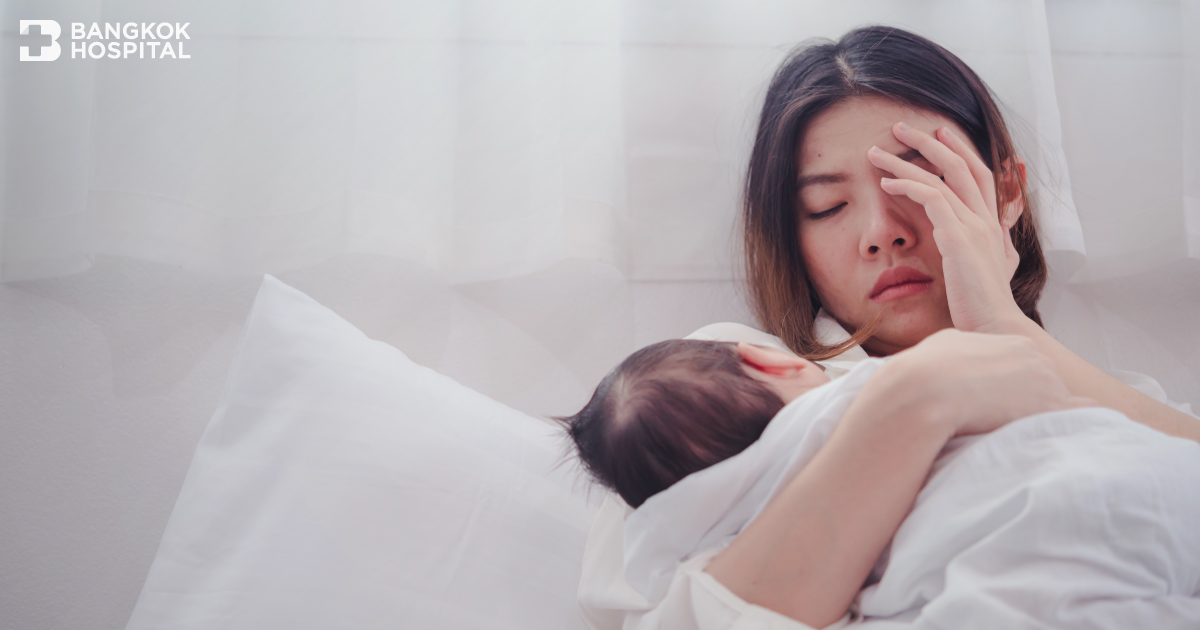10 Popular Diseases Middle-Aged Women Should Be Aware of to Prepare Themselves
1) Premature Hip Degeneration
Many people think that hip degeneration is only a disease of the elderly, but in reality, young people can also have it. The main causes are excessive alcohol consumption or long-term use of medications containing steroids, leading to thickened blood that cannot nourish the hip bone head, causing the hip bone head to die. Additionally, it can be caused by injuries from sports or accidents leading to broken hip bones, or diseases like SLE, kidney disease, hearing loss, and rheumatoid arthritis. Warning signs include pain in the front hip area, sharp pain in the hip joint when walking or running, hip or knee pain, or possibly inner knee pain without feeling hip pain, pain when putting weight and turning the hip to the point of limping. If neglected, it may cause back pain. Currently, there is a surgical technique for artificial hip replacement that does not cut muscles, causing less pain, quick recovery, and reducing the risk of hip dislocation or uneven leg length.
2) Menstrual Pain, a Warning Sign of Serious Diseases
Ovarian cysts or chocolate cysts, endometriosis, various types of uterine fibroids, all lead with abdominal pain as a primary symptom. Some people have mild pain that is barely noticeable, while others have severe pain requiring time off work, painkillers, or heavy menstrual bleeding leading to fatigue and anemia. Some experience sudden abdominal pain with bloody urine or feces and should immediately see a doctor. Prevention before the disease occurs involves regular check-ups, consistently observing and recording the characteristics, color, pain, and menstrual patterns. If there are tumors or chocolate cysts, doctors may use medication or perform 3D laparoscopic surgery through the abdomen, which causes less pain, small wounds, and quick recovery, without worrying about long scars.
3) Always Wanting to Sleep
Have you noticed if it’s challenging to wake up, sleeping a lot at night but still feeling lazy and wanting to sleep all day? No matter how much you sleep, you don’t feel refreshed, easily irritated, poor memory, and slow thinking. Sometimes you can fall asleep while driving, talking, or eating. If you have these symptoms, it’s an abnormality that is happening. You should be diagnosed by a sleep specialist to find the cause of the abnormal drowsiness. Currently, there is a Sleep Lab examination to find the cause that may come from the brain (Central Origin of Hypersomnolence), including narcolepsy, idiopathic hypersomnia, and sleep apnea without clear snoring.
4) Wearing High Heels Risks Knee and Back Damage
Girls who like wearing high heels all day, especially those overweight, like running on high heels or running up and down stairs, causing constant toe bone, tendons, calf muscles, knee, and back pain. The higher the heel, the more the muscles contract, affecting blood circulation, causing frequent calf pain or cramps. Long-term wearing of high heels can be a significant cause of premature knee osteoarthritis or lead to vertebral stenosis, as the spinal and back plates lean forward to allow the body to stand and balance on high heels, putting excessive weight on the lumbar spine, causing lumbar or back muscle pain. If accumulated over time, vertebral cushions might degenerate or move to press the nerve, possibly causing pain or a sharp shock at the base of the leg while bowing or lifting objects. If you have these symptoms, you should see a spine specialist to check the balance of the spinal column, hips, and knees for any abnormalities, which can be examined with an X-ray EOS to treat accurately.
5) Hidden Epilepsy, a Villain Destroying the Brain
Epilepsy can occur throughout life, at any age, and has many symptoms. The displayed symptoms do not always have to include spasms or twitching. It depends on the abnormal electrical currents in the brain, where it is, and how severe it is. Some symptoms include fainting, blurring, memory loss. The main factors of hidden epilepsy are linked to stroke, causing brain degeneration, physical diseases such as liver and kidney degeneration, infections, genetics, or accidents causing electrical short circuits. Abnormal brain cells. Most patients do not know they have epilepsy. If the first seizure is not diagnosed or treated immediately, it can be dangerous to brain cells. If not treated, it may affect memory performance and other brain parts. Therefore, monitoring unusual behavior is essential, and the cause can be identified by an EEG to detect the abnormal electrical origin. Do not wait until the brain is damaged and may not be treatable with medication.

6) Preventable Cerebral Vascular Occlusion
Stroke or Cerebral Vascular Occlusion, a top-cause disease of death, is now found earlier in people aged over 45 years. It is common in patients with diabetes, heart disease, high blood pressure, high blood cholesterol, heavy smoking, or having a family history of Stroke. Suspected symptoms include limb weakness, half-body numbness, crooked face or mouth, unclear speech, one-eye blurred vision or blindness, sudden unexplained headache. If you have these symptoms, see a doctor within 3 hours for diagnosis and immediate treatment. This disease can be prevented by checking for carotid artery obstruction regularly every year, especially those at risk should not be neglected.
7) Fat Belly, Wrinkles Ask For You
Stress, excess fat, wrinkles are all enemies of women, especially fat stored under the skin more than the body can burn, leading to protruding belly, large waist, big arms and legs, also causing diabetes, heart disease, high blood cholesterol, etc. The accumulation of fat in different positions depends on genetics and basic physique. The subcutaneous fat layer is more challenging to reduce or eliminate than abdominal fat. Even if we control our diet thoroughly and exercise regularly until we can control our weight well, there are still some excess fats in some body parts, making the figure look unsightly. Currently, there is new technology to help eliminate excess fat from the body without surgery, both fat dissolution innovation from cold and specific part fat dissolution innovation combined with skin tightening with high-frequency single-pole radio waves to satisfy every body part, usable for both women, postpartum mothers, or men who even exercise but don’t have a clear six-pack.
8) Constipation Risks Intestinal Cancer
Constipation can occur in all genders and ages, especially women are more likely to have constipation than men, 10:1, due to female hormones, the female digestive system works slower, drinking less water, some medications, improper defecation behaviors, including stress and rush in daily life are also significant factors. Notice what is considered constipation, such as less than 3 bowel movements per week, hard stools, difficult to push out, incomplete evacuation, having to use water spray or fingers to help. If there is blood in the stool, it may be a warning sign that intestinal cancer is looking for you. If the condition does not improve, you should see a neurogastroenterology and motility specialist for diagnosis, including a colonoscopy, defecation pushing test, anal sphincter muscle contraction measurement, and learning to control and push stool correctly.
9) Osteoporosis Hopes for Bone Fracture
Osteoporosis is a disease that does not show symptoms. Most patients are found by doctors through falls or not severe impacts, but bone fractures from osteoporosis, especially postmenopausal women whose bone mass decreases rapidly, fragile bones can easily break even with a slight fall. Osteoporosis is a chronic disease that, although it does not cause death, reduces life quality from side effects, especially when the hip bone breaks, easily broken bones, chronic back pain, bent back from vertebral collapse, or reduced height, are considered severe osteoporosis. Measuring bone mass density every year, exercising to strengthen muscles, taking Calcium L-Threonate to increase bone density and strength and help inhibit bone degradation. Currently, there is a technique forminimally invasive surgery to fix broken bones to reduce infection risks, good bone attachment, and fast recovery.
10) Computer Vision Syndrome, a Popular Disease for Screen Addicts
This syndrome occurs from staring at computer screens or mobile phones for more than 30 – 40 minutes, causing abnormal muscle contractions responsible for focusing, reducing the blinking rate. In addition, reflected light from screens and blue light can also damage the eyes. Furthermore, too small screens and fonts, insufficient lighting, or overly bright conditions all cause easy eye fatigue, irritation, dry eyes, eye pain, or blurred vision from abnormal muscle contractions similar to cramps, as if looking too close for too long, causing temporary myopia when looking at distances. If your eyes are tired, take a break every 20 minutes, blink more often, and if your eyes still have problems, see an ophthalmologist for a thorough exam. Currently, there is Relex technology for bladeless small-incision LASIK to address those with short-sightedness problems – avoid infections from wearing contact lenses.












